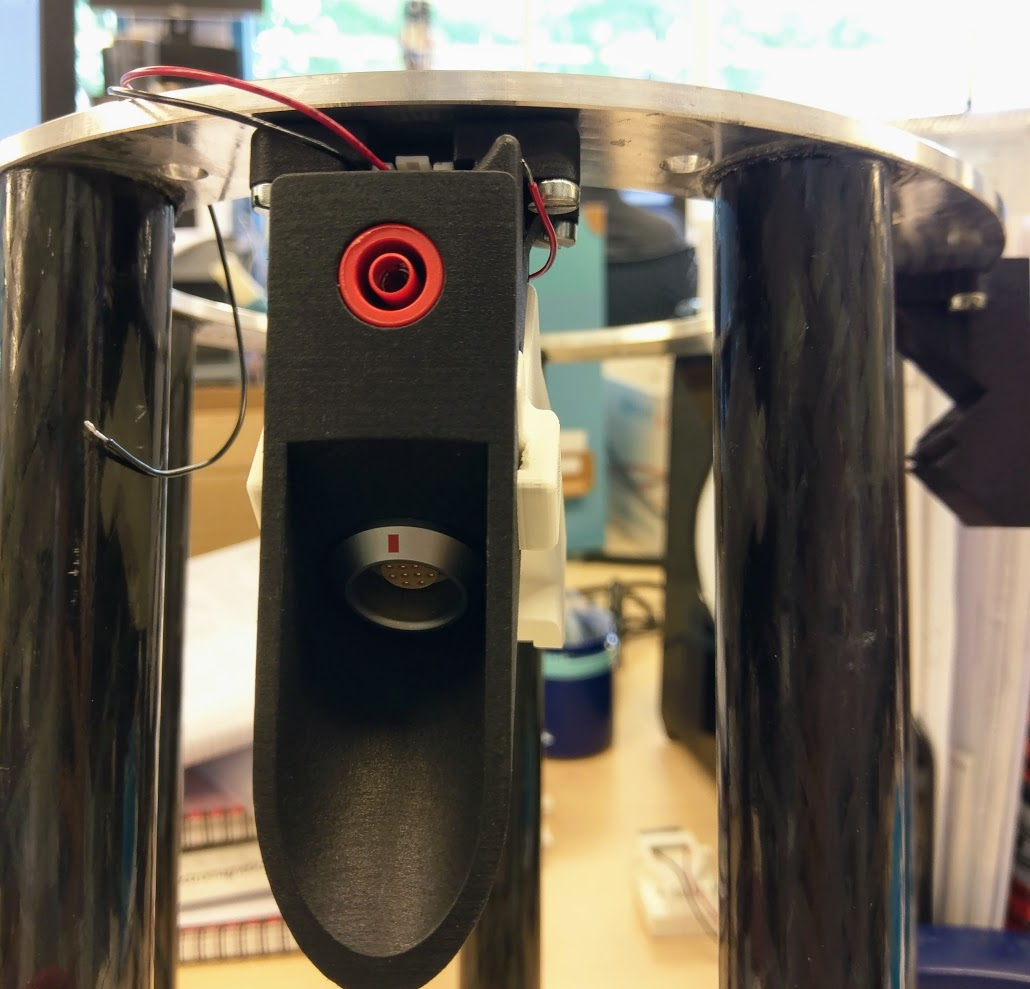
We are nearing the launch of Stratos III in the coming summer. This means it’s time to finish all hardware design so that we can focus on making the rocket behave as we want – the embedded system development can only progress when you have your hardware hooked up to each other. Without this interconnection, it’s hard to have reliable testing of interfaces and resolve related issues.
One of the biggest intersections of communication in the rocket is the engine control unit (ECU). The most important task of the engine control unit is performing the launch sequence, for example timing the feed system actuation moments.
Not only does it talk to other PCBs on the inside, it also talks with the outside world. By means of the so-called umbilical line, it’s physically connected to the ground support system that will be needed to perform launch operations like filling of the tank.
Fun fact: the umbilical cable will be still connected to Stratos until right after lift-off. The cable is fastened to the ground so that it will release from the connector when it exits the tower. A glass-fiber sleeve protects the cable from melting due to the short, hot flames.
In the next blog post, we will show how the engine control unit benefits from designs by the previous Stratos teams and the first design!
by Jun Feng

